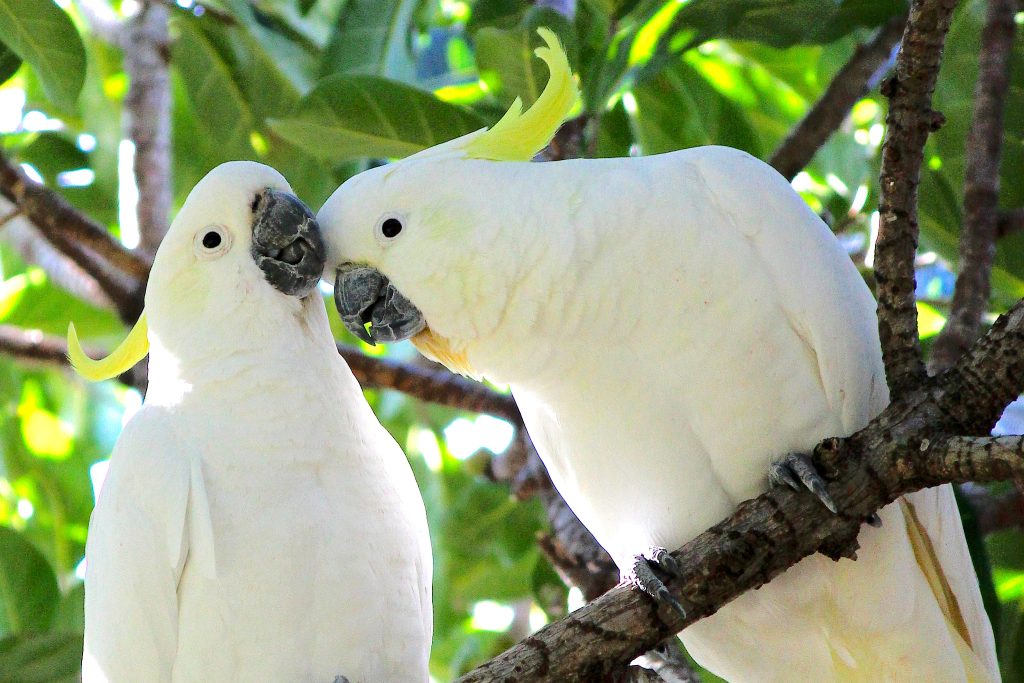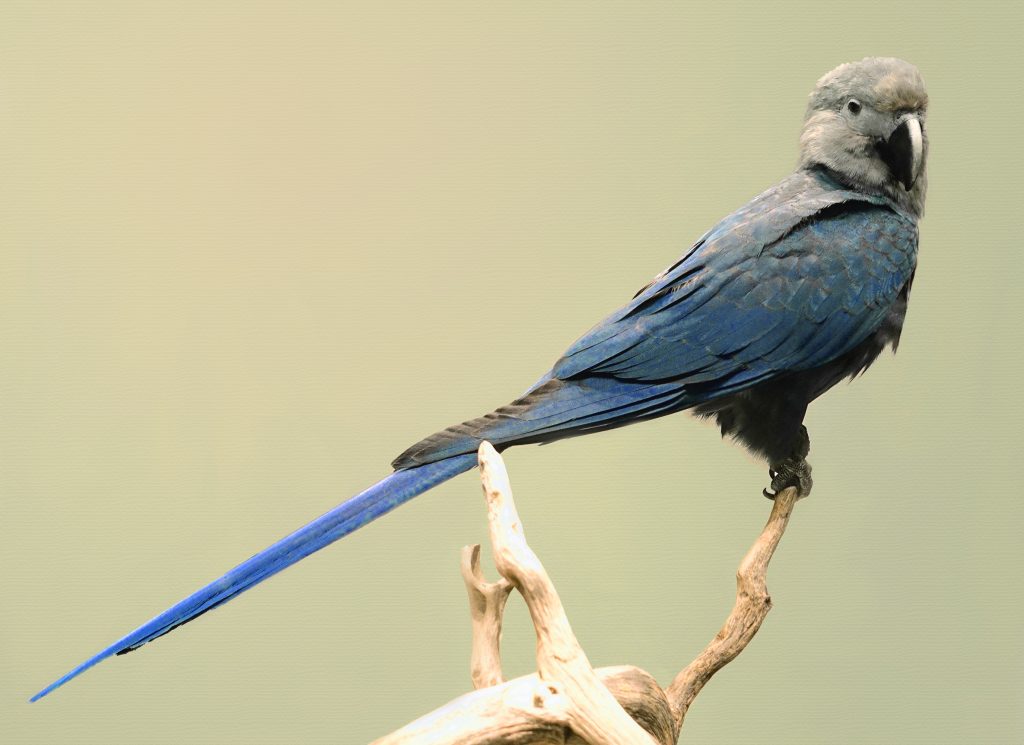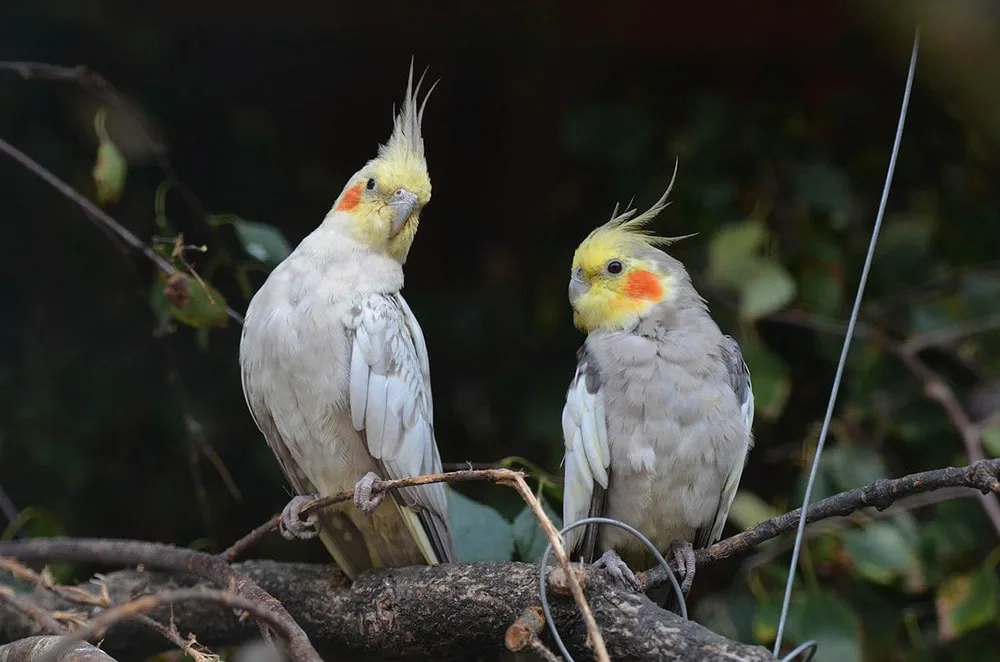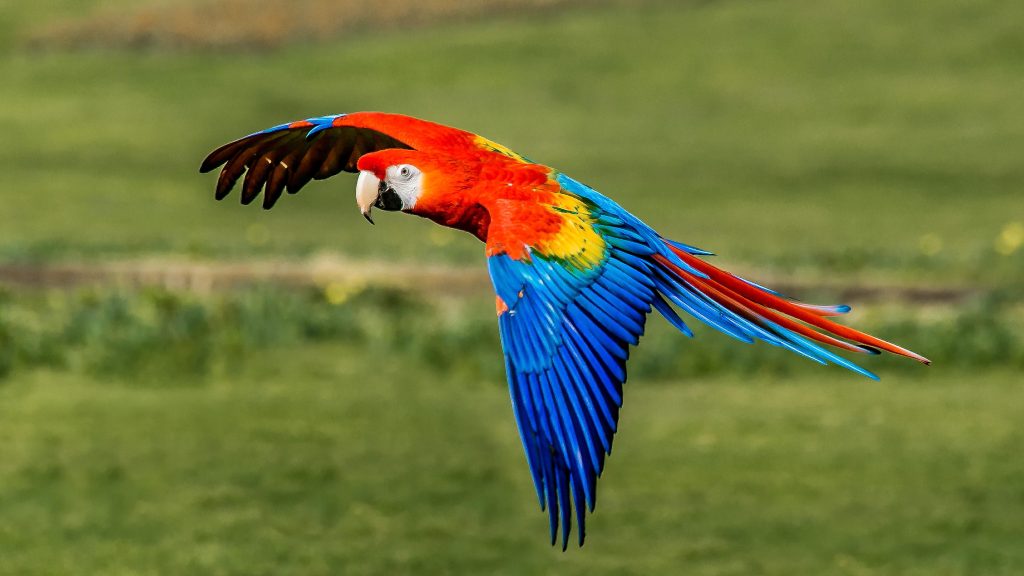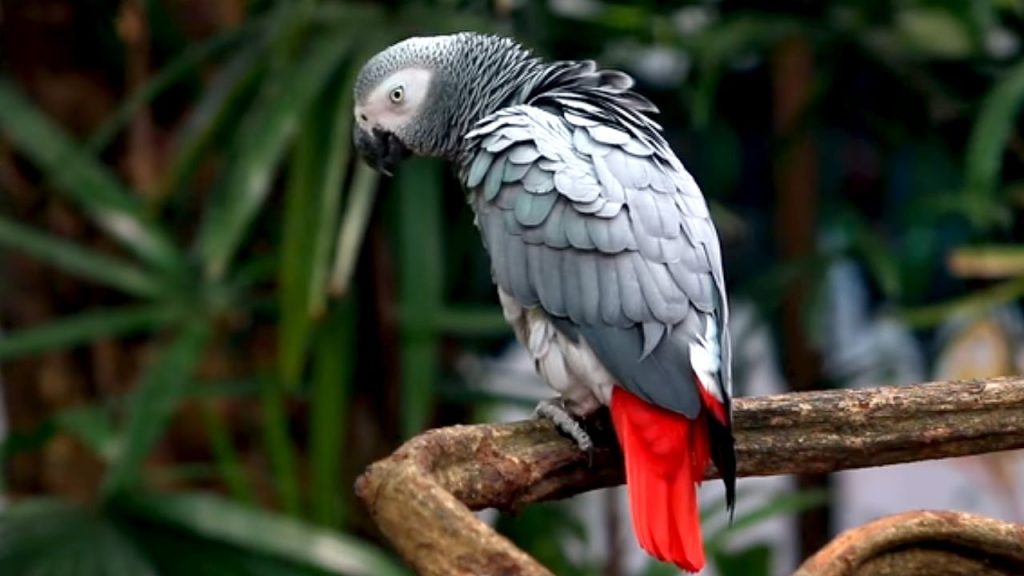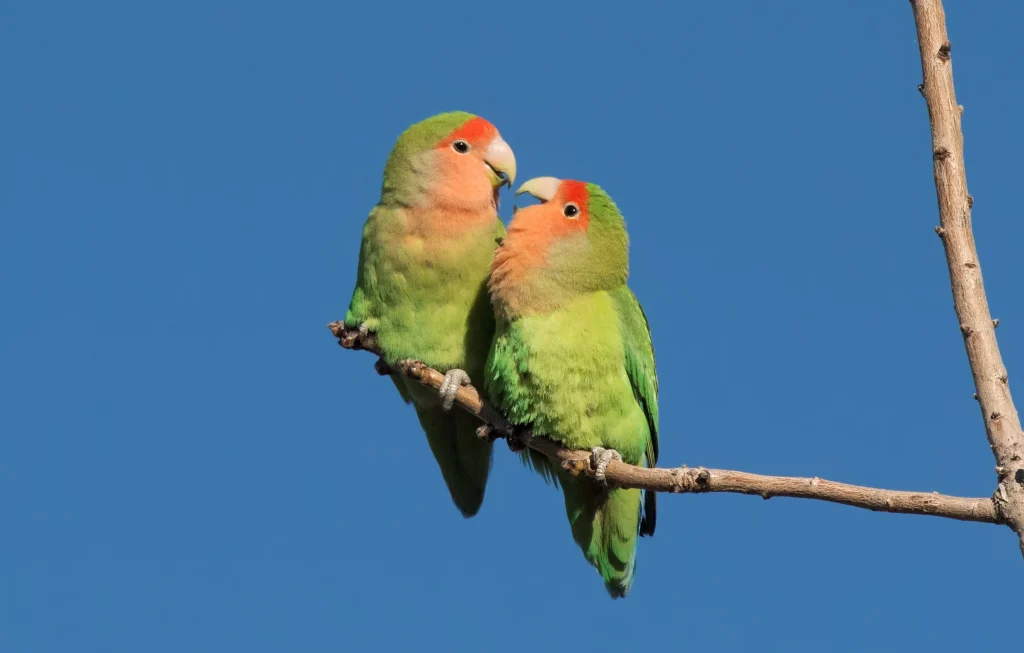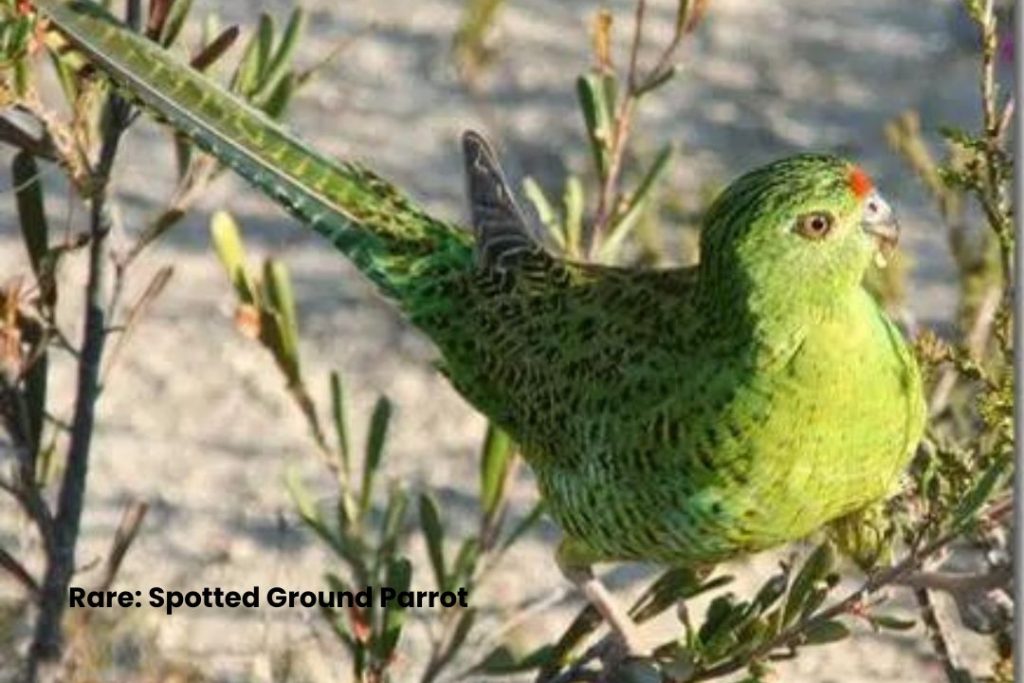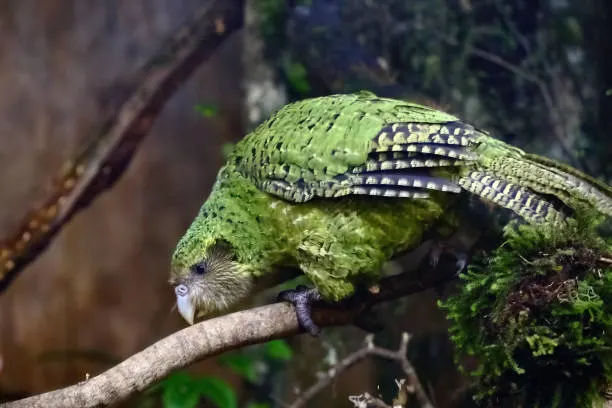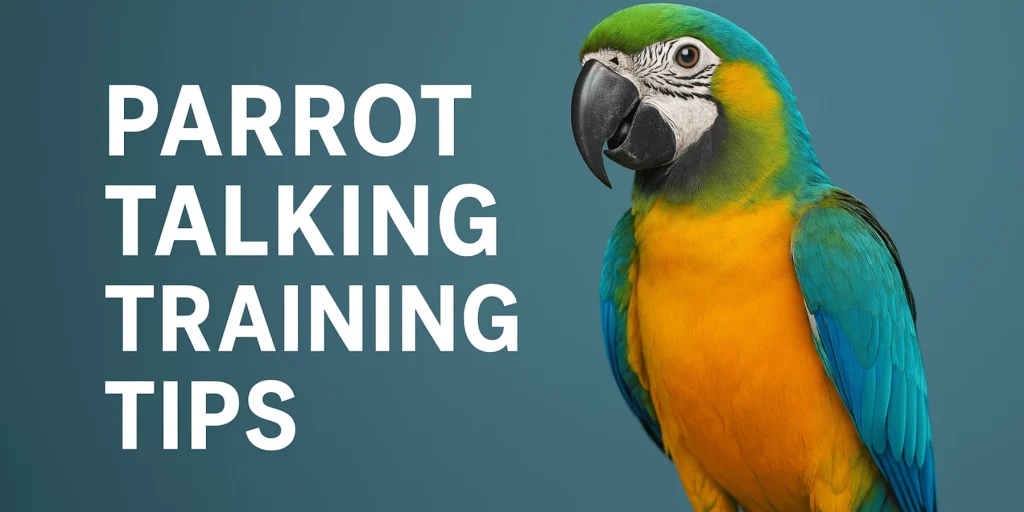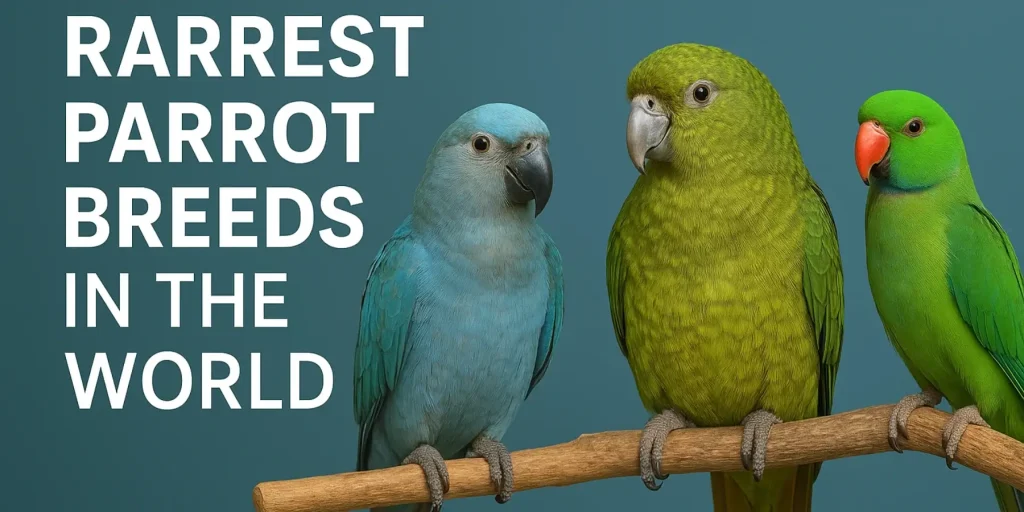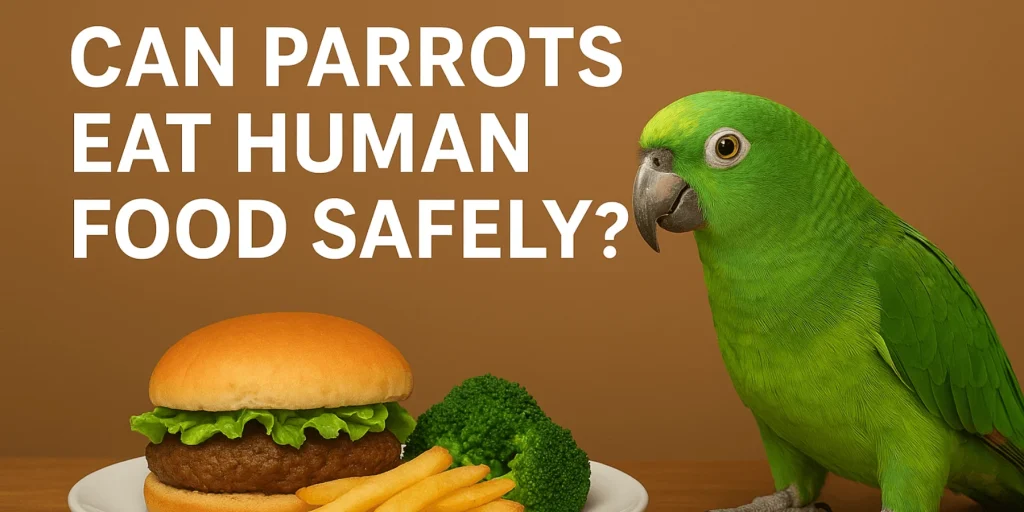Introduction to Cockatoos
Cockatoos, with their vibrant personalities and captivating charm, are a remarkable group of parrots that have long captured the fascination of bird enthusiasts and nature lovers. In this journey of discovery, we will delve into the enchanting world of Cockatoos, uncovering their physical allure, diverse species, natural habitats, and the intricate web of behaviors and intelligence that define these extraordinary birds. Join us as we explore their lives both in the wild and as cherished companions, shedding light on the vital conservation efforts necessary to protect these avian wonders.
Physical Description
Transitioning to their physical beauty, Cockatoos are a testament to nature’s artistry. Cloaked in a spectrum of colors and adorned with flamboyant crests, these parrots exude an aura of elegance and charisma. Their intricate physical characteristics, from beak to tail, showcase the grandeur of this avian species. Let’s embark on a visual journey to explore the distinctive features that make Cockatoos such enchanting creatures.
Cockatoo Species Varieties
Turning our attention to the world of Cockatoos, it’s a rich tapestry woven with different threads of species diversity. Two of the most renowned species, the Sulphur-crested Cockatoo and the Major Mitchell’s Cockatoo, stand out with their unique attributes and striking appearances. In this section, we’ll unravel the tapestry of Cockatoo species, exploring the nuances that define each variety.
Natural Habitat
Now, let’s consider where Cockatoos find their homes. They inhabit some of the most breathtaking natural landscapes, from the Australian outback to the lush rainforests of Southeast Asia. These pristine environments provide the backdrop for their daily lives, where they interact with an array of flora and fauna. Let’s journey into the heart of their native habitats, revealing the intricate connections that Cockatoos share with their wild surroundings.
Diet and Feeding Habits
Shifting our focus to their dietary habits, we find that diet plays a pivotal role in the life of Cockatoos, significantly influencing their health, vitality, and behavior. From foraging for seeds and nuts in the wild to exploring the balanced diet provided in captivity, their feeding habits are a fascinating facet of their existence. Join us in exploring the dietary intricacies that ensure the well-being of these magnificent avian companions.
Behavior and Intelligence
As we delve into the behavior and intelligence of Cockatoos, we discover that they are celebrated for their intelligence, charm, and social behaviors. Their remarkable ability to mimic sounds and engage in complex social interactions sets them apart among parrots. In this section, we embark on a journey to unravel the mysteries of their intellect and the astonishing feats they are capable of, making them some of nature’s most intelligent avian wonders.
Life in Captivity
The allure of Cockatoos extends beyond their natural habitats, as they have found a place in the hearts and homes of many as cherished companions. Understanding their needs, social dynamics, and the joys and challenges of life in captivity is essential for responsible ownership. In this section, we navigate the complexities of caring for Cockatoos as pets, offering insights into the responsibilities and rewards associated with these intelligent and sensitive birds.
Conservation Status
Turning our attention to the conservation of Cockatoos, we find that the future of these birds in the wild is a matter of concern. Habitat loss, illegal trade, and other threats jeopardize their populations. In this section, we delve into the conservation status of various Cockatoo species, addressing the pressing challenges they face and emphasizing the importance of safeguarding their existence in their natural habitats.
Conservation Efforts
Fortunately, there are dedicated conservationists and organizations worldwide committed to protecting Cockatoos and their habitats. Their efforts encompass habitat preservation, captive breeding programs, and awareness campaigns aimed at mitigating the threats faced by these intelligent birds. Join us as we explore the initiatives and strategies that offer hope for the conservation and survival of Cockatoos.
Challenges of Cockatoo Ownership
While Cockatoos make captivating companions, their ownership comes with unique challenges. Long lifespans, intellectual stimulation, and emotional needs are aspects that prospective owners must consider carefully. In this section, we navigate the complexities of owning a Cockatoo, offering insights into the responsibilities and rewards associated with caring for these intelligent and sensitive birds.
Training and Enrichment
Transitioning to training and enrichment, we find that these are key elements in providing mental and physical stimulation for Cockatoos. These intelligent birds thrive on learning and interaction. In this section, we delve into effective training methods and enriching activities that not only foster their cognitive abilities but also strengthen the bond between the parrot and its owner.
Legal Regulations
Lastly, considering legal aspects, the international trade and ownership of Cockatoos are subject to legal regulations aimed at curbing illegal trade and ensuring their welfare. In this section, we explore the legal framework governing these birds, emphasizing the importance of responsible ownership and adherence to international laws and conventions.
Common Health Issues:
Like all pets, Cockatoos may encounter health issues. Understanding these potential problems, from nutritional deficiencies to respiratory ailments, is crucial for their well-being. In this section, we delve into common health issues faced by Cockatoos, offering insights into prevention, early detection, and the importance of regular veterinary care.
Cockatoos in Popular Culture:
Shifting our focus to the cultural impact of Cockatoos, we find that these birds have left their mark on popular culture, appearing in literature, art, and folklore throughout history. Their charisma and distinctive features have made them iconic figures in various societies. In this section, we explore how Cockatoos have been celebrated and represented in human culture, revealing their enduring impact on our collective imagination.
Conclusion:
In conclusion, as we wrap up our journey through the world of Cockatoos, we reflect on the unique beauty, intelligence, and social dynamics of these remarkable birds. We also emphasize the importance of conservation efforts to protect their natural habitats and populations. Whether admired in the wild or cherished as companions, Cockatoos continue to be captivating and enigmatic creatures that inspire awe and appreciation.
FAQS
Q1: What are the distinctive physical features of Cockatoos that set them apart from other parrot species?
A1: Cockatoos are known for their striking physical features, including vibrant crests, predominantly white plumage in some species, and expressive, intelligent eyes. Their large, powerful beaks and strong feet equipped with zygodactyl toes are adapted for climbing and manipulating objects.
Q2: What is the typical lifespan of Cockatoos, and how does it vary among different species?
A2: The lifespan of Cockatoos varies depending on the species and their care. In captivity, many Cockatoos can live for several decades, with some reaching 70 years or more. Major Mitchell’s Cockatoos, for example, are known for their longevity, while smaller species may have slightly shorter lifespans.
Q3: What role do Cockatoos play in their natural ecosystems, and why is their conservation important?
A3: Cockatoos play crucial roles as seed dispersers in their native habitats. By foraging for fruits and nuts, they help in the regeneration of forests. Additionally, they are indicators of ecosystem health. Conservation is vital to preserve biodiversity, maintain ecological balance, and protect these charismatic birds from extinction.
Q4: What are the primary challenges faced by Cockatoos in the wild, and how can conservation efforts address these issues?
A4: Cockatoos face significant threats in the wild, including habitat loss due to deforestation, illegal wildlife trade, and hunting. Conservation efforts involve protecting their natural habitats, implementing anti-poaching measures, and raising awareness about the importance of Cockatoo conservation.
Q5: How can prospective Cockatoo owners ensure the well-being of their pet birds, and what are some common misconceptions about Cockatoo ownership?
A5: Prospective Cockatoo owners should provide a spacious and enriched environment, a balanced diet, and social interaction. It’s essential to understand their long lifespan and the commitment required for their care. Common misconceptions include underestimating their noise levels, social needs, and the responsibility of providing mental stimulation.
🦜 Cockatoos for Sale
Cockatoos are intelligent, affectionate, and striking parrots known for their beautiful crests and playful personalities. Native to Australia and surrounding islands, they form deep bonds with their owners and can live for decades with proper care. Their high intelligence and loving nature make them a favorite among bird enthusiasts. Below are country-specific links to find Cockatoos for sale.
- Cockatoos for Sale in India
- Cockatoos for Sale in Pakistan
- Cockatoos for Sale in the United Arab Emirates
- Cockatoos for Sale in Malaysia
- Cockatoos for Sale in Canada
- Cockatoos for Sale in Australia
- Cockatoos for Sale in the United States
- Cockatoos for Sale in Nigeria
- Cockatoos for Sale in the Philippines
- Cockatoos for Sale in Indonesia
- Cockatoos for Sale in the United Kingdom
